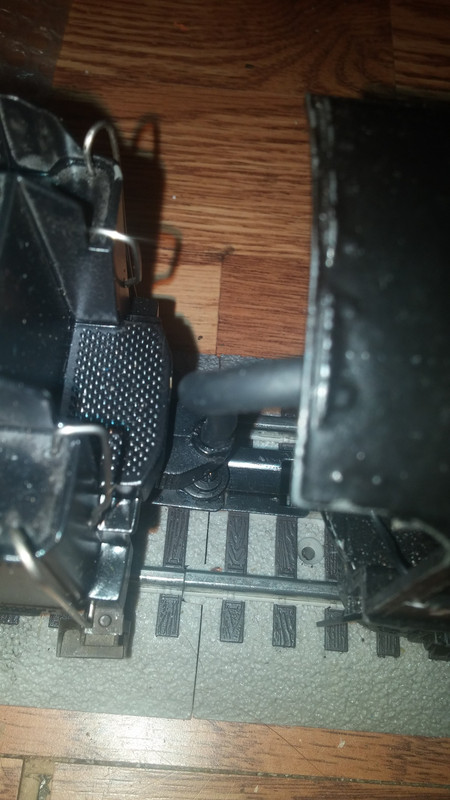Good evening, my latest MTH Imperial Pennsy K4 came with a 40mm drawbar.
Inside the box was also a shorter 25mm drawbar also.
Not realizing this I purchased another set of draw bars to switch out the new K4 so I have plenty draw bars.
I have one curved turnout that is a 0 36 heading into the passenger station siding. With the shorter drawbar the engine roof is close to the tender but still clear.
Even in reverse and backing out thru this 0 36 turnout with four passenger cars and two milk cars and backing thru to more turnouts the engine and tender never made contact with one another.
The shorter drawbar really helps with the appearance closing up the gap between the engine cab and tender.
Changing the drawbar is about a five minute change. Just be careful on the engine end not to lose track of the spring and retainer.



